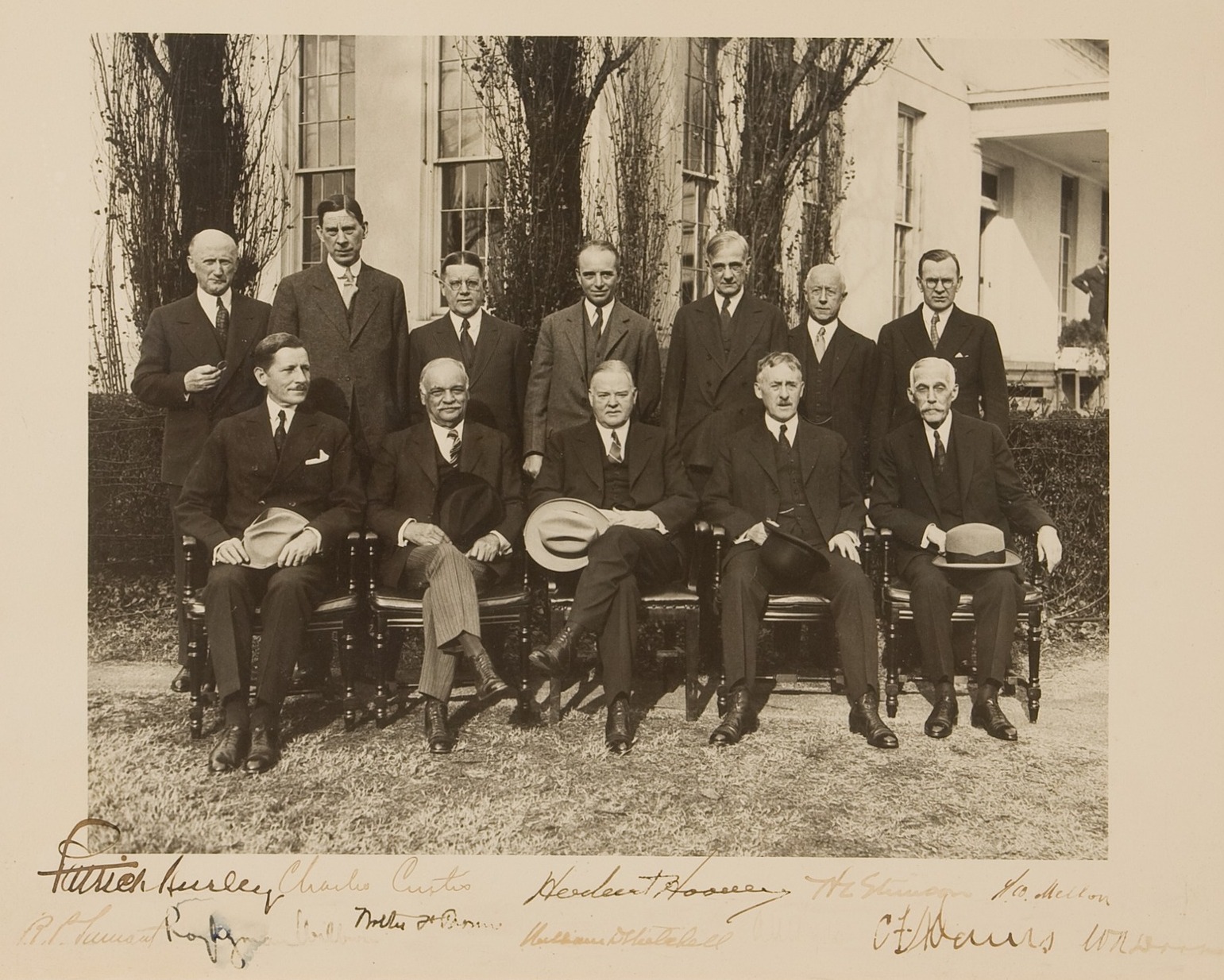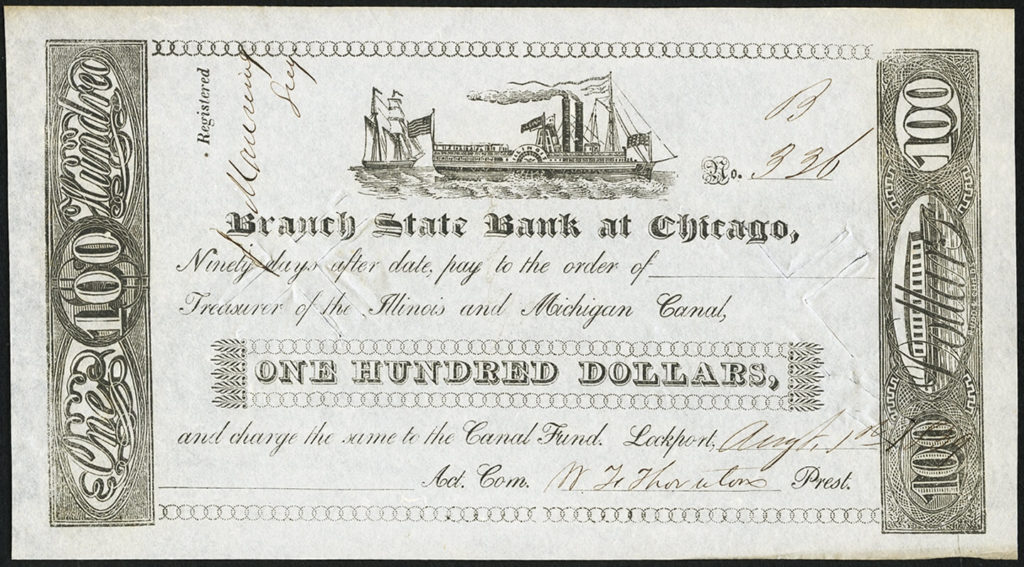
By Jim O’Neal
The first president born west of the Mississippi River was Herbert Clark Hoover in 1874. He was born in West Branch, Iowa, about 30 miles from the mighty river. He had a remarkable life, although there is little evidence of true joy other than the rewards from devoting all of his energy to work and public service … always striving for achievement.
It’s curious that he ended up the Cabinet of President Calvin Coolidge. “Silent Cal” was another taciturn man, “weaned on a pickle” and a work ethic that resulted in five-hour workdays, supplemented by naps in the White House. He did not like many people, especially Hoover, his Secretary of Commerce, complaining, “That man gave me unsolicited advice for six years, all of it bad.” Coolidge jeeringly called Hoover “Wonder Boy,” since Hoover’s reputation for saving lives in World War I had earned him an international title as “The Great Humanitarian.”
It was the Roaring Twenties and times were rosy.
By 1927, America was the most comfortable place in the world. Surrounded by sleek new appliances – radios, refrigerators, telephones, electric fans – that were all within reach of the common man. Eighty-two percent of all things produced were made in America, 80 percent of movies and 85 percent of all cars. America had 50 percent of the world’s gold and the stock market increased by one-third in one year.
But suddenly, there were rain clouds in the sky and for months, it rained steadily across the country. Southern Illinois received two feet of rain in three months and places in Arkansas got over three feet. People had never seen anything like it.
Rain-swollen rivers overran their banks; the San Jacinto in California; the Klamath and Willamette rivers in Oregon; the Snake, Payette and Boise in Idaho; the Neosho in Kansas; Ouachita in Arkansas; the Tennessee and Cumberland in the South; and the Connecticut River in New England.
Then on Good Friday, April 15, 1927, a mighty storm system pounded the middle third of the nation with an unprecedented rain of intensity and duration. From Western Montana to West Virginia and from Canada to the Gulf of Mexico, rain fell as one might envision what Noah experienced.
Nearly all of this water raced into swollen creeks and rivers and headed straight to the great central artery of the continent – the Mississippi River. The Mississippi and its tributaries drain 40 percent of America, almost 10 million square miles across 31 states. Never in recorded history had the entirety of it been this strained. People standing on the banks watched the carnage floating by. Houses, trees, dead cows, barn roofs. At St. Louis, the volume of passing water was an astonishing two million cubic feet per second.
On April 16, the first levee gave way and 1,300 feet of earthen bank ruptured and a volume of water equal to Niagara Falls passed through the chasm. By May 1, the flood stretched 500 miles from Illinois to New Orleans. The statistics of the Great Flood were staggering. Sixteen million acres flooded … 204,000 buildings lost … 637,000 people homeless, along with 50,000 cattle, 25,000 horses, 145,000 pigs and 1.3 million chickens.
The Mississippi Flood of 1927 was the most epic natural disaster in American history. The Mississippi was at flood stage for 153 consecutive days.
President Coolidge sent Wonder Boy to clean up the mess, rolled over and went back to sleep. It would help Herbert Hoover win the 1928 presidential election, never suspecting that in 1929 the merry-go-round of good times would stop when the stock market crashed, followed by the Great Depression, which would last for 10 long years until we started gearing up for war.
 Intelligent Collector blogger JIM O’NEAL is an avid collector and history buff. He is president and CEO of Frito-Lay International [retired] and earlier served as chairman and CEO of PepsiCo Restaurants International [KFC Pizza Hut and Taco Bell].
Intelligent Collector blogger JIM O’NEAL is an avid collector and history buff. He is president and CEO of Frito-Lay International [retired] and earlier served as chairman and CEO of PepsiCo Restaurants International [KFC Pizza Hut and Taco Bell].

